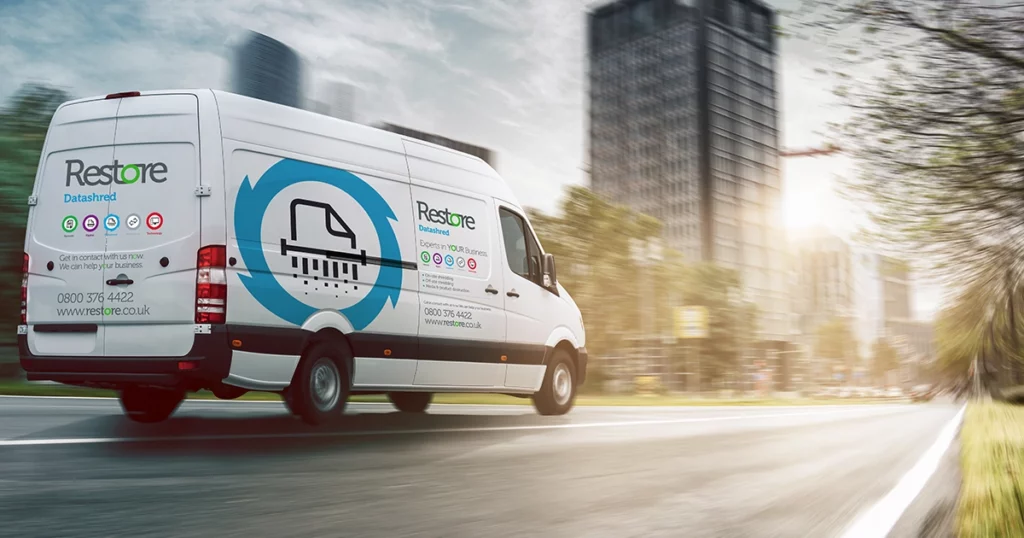Healthcare organisations handle some of the most sensitive information there is. When the time comes to dispose of records, the process must be lawful, secure, and fully evidenced. This guide explains the guidelines for shredding medical records, what a robust medical record shredding policy should include, and how to meet shredding law requirements for shredding medical records in the UK without slowing down busy clinical teams.
Note: this article provides practical guidance for healthcare providers, GP practices, private hospitals, clinics, and support services. It is not legal advice. Always check your local policies and the latest NHS guidance before acting.

Guidelines for shredding medical records
A compliant approach has three pillars – people, process, and proof – from the hospital or medical practice all the way through to final destruction.
People: Make it easy for staff to do the right thing. Provide locked collection consoles on every floor, give simple “what goes where” posters, and ensure everyone knows who to call for collections.
Process: Standardise your chain of custody. Use barcoded or sealed containers, scheduled collections, and a vetted partner that follows secure transport and controlled processing at approved facilities.
Proof: Evidence at every step. Capture time‑stamped handovers, maintain an itemised manifest, and issue a Certificate of Destruction that can be presented to the ICO or internal auditors at short notice.
In day‑to‑day terms, that means:
- Segregating confidential waste at source and placing it directly into locked consoles, not open bins or desk‑side piles.
- Scheduling regular collections that match clinical activity to avoid overfilled containers and ad‑hoc workarounds.
- Using a provider with DBS‑checked, uniformed staff and vehicles fitted with GPS tracking and load‑security features.
- Ensuring destruction by industrial cross‑cut or micro‑cut equipment that renders documents irrecoverable and unrecognisable.
- Retaining Certificates of Destruction and related audit reports for your internal compliance file.
Why is legally shredding medical records important?

Patient confidentiality
Records can contain diagnoses, treatment plans, lab results, addresses, and next‑of‑kin details. A single breach can cause real harm to individuals. Robust shredding eliminates the risk of incidental disclosure from misfiled paperwork, copier offcuts, or items left in open bins.


Financial and reputational risk
Enforcement action by the ICO can include large fines, undertakings, and public reprimands. Demonstrably secure destruction protects your reputation and your patients’ trust. Beyond fines, remediation costs and clinical disruption can far exceed the price of a well‑run destruction programme.


Operational efficiency
A clear, routine process removes uncertainty on wards and at reception desks, reducing time spent on ad‑hoc decisions about what to keep and what to shred. Well‑placed consoles and predictable collections keep clinical areas uncluttered and make compliance the path of least resistance.

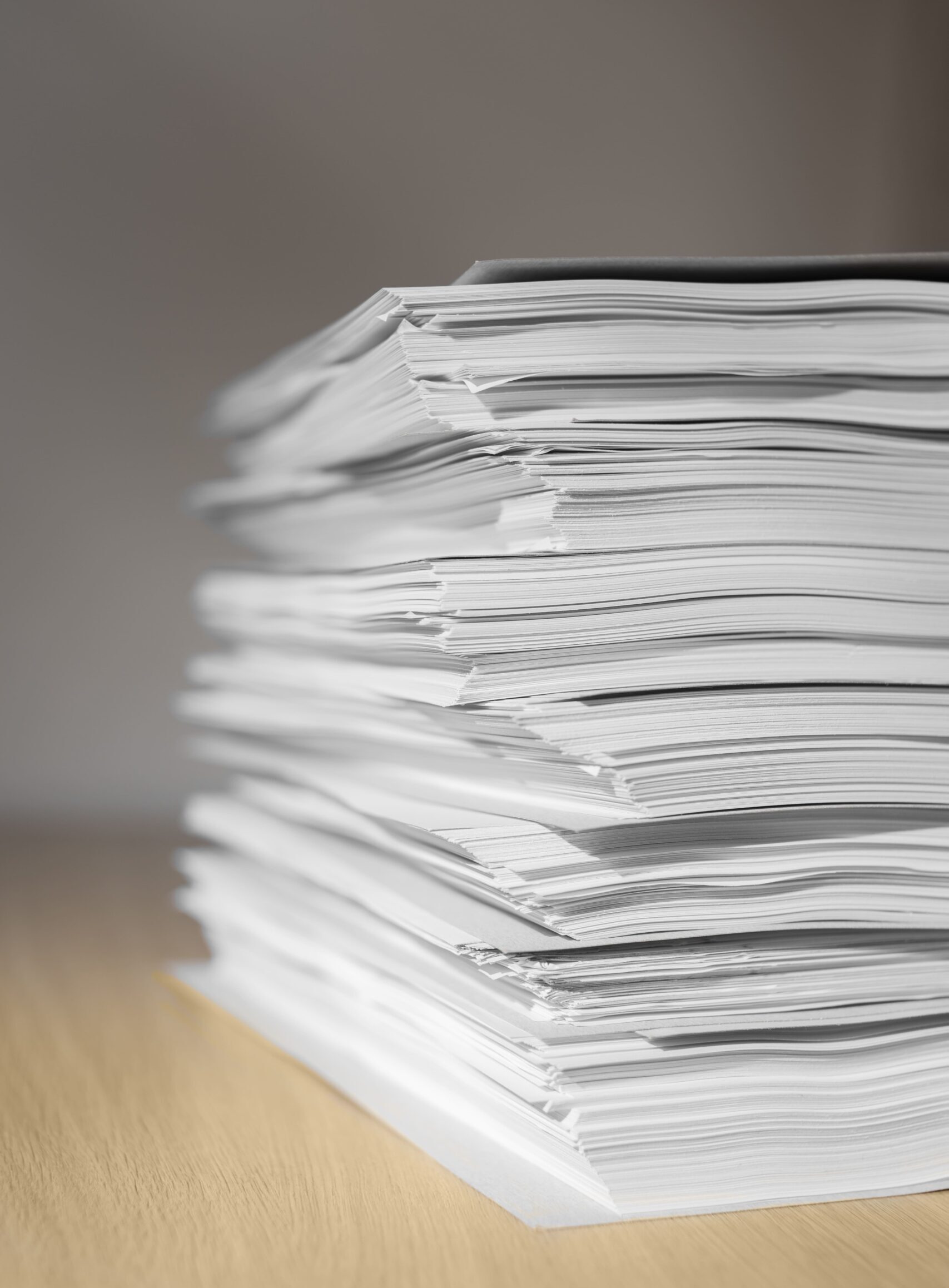
Shredding medical records law in the UK: the essentials
UK GDPR & Data Protection Act 2018
The GDPR and Data Protection Act 2018 require appropriate technical and organisational measures to keep personal data secure. When records reach end‑of‑life, secure destruction is the appropriate measure.
NHS Records Management Code of Practice
The NHS Records Management Code of Practice is the key reference for retention and disposal in the health sector. It sets out the minimum time different record types must be kept and confirms that, once those minimums are reached and no legal holds apply, destruction should be timely, secure, and documented.
Confidentiality and security standards
Look for a destruction partner that works to recognised frameworks such as ISO‑based management systems and follows the British Standard for secure destruction of confidential material (BS EN 15713). These standards back up your own policies with proven controls.
Retention periods at a glance (England & Wales)
Do not destroy records before the minimum retention period expires. Always check for legal holds, ongoing complaints, safeguarding considerations, or clinical needs that may extend retention. The NHS Records Management Code of Practice is your primary source for schedules.
- GP records: 10 years after the patient’s death. Electronic GP records for living patients are retained for the patient’s lifetime and then for 10 years after death.
- Hospital records (general): 8 years after conclusion of treatment or the patient’s death.
- Maternity records: 25 years after the birth of the last child.
- Mental health records: 20 years after the last entry, or 10 years after the patient has died, whichever is longer.
- Children and young people’s records: Retain until the patient’s 25th birthday, or 26th if they were 17 at the conclusion of treatment.
If your organisation uses local variations (e.g., specific specialities or research programmes), document those exceptions, cite the rationale, and review them annually.
Medical record shredding policy: what to include

Define what counts as a medical record (paper forms, labels, wristbands, appointment lists, prescriptions, printouts, and mixed media like X‑rays and scans).

Assign ownership to an Information Governance lead and set out ward/departmental responsibilities, including who orders consoles, who approves collections, and who reviews certificates.

Describe collection points, container types (locked consoles, sacks, bins), security seals, barcoding, and how transfers are recorded from staff to the destruction provider.

Reference the NHS Records Management Code of Practice and add any local schedules and exception‑handling rules (e.g., ongoing litigation, subject access requests, safeguarding).

Specify that documents are destroyed to an appropriate security level using industrial cross‑cut/micro‑cut shredders; include the process for digital media.

Require Certificates of Destruction with batch identifiers, dates, locations, and signatures. Explain how certificates and audit reports are stored and for how long.

Include induction training and annual refreshers, plus visible signage and periodic spot checks.

Outline steps for misplaced records, broken seals, or suspected breaches, including immediate containment and reporting routes to the DPO/IG team and, where necessary, the ICO.

Set minimum standards for your destruction partner: staff vetting (DBS), vehicle security, facility access controls, accreditations, and independent audits.
Explore our medical record shredding and disposal service to discover secure and compliant document shredding.
Choosing a secure destruction method (paper and digital)
Paper records
For everyday volumes, locked consoles feed to industrial shredders that cross‑cut or micro‑cut paper into confetti‑sized pieces, making reconstruction impractical. For highly sensitive batches, consider on‑site shredding with a mobile unit and a witnessing option for added assurance.

Labels, wristbands, and small items
These should go into locked consoles, not general waste. Adhesive labels and patient ID bands often carry identifiers and must be treated as confidential.

Digital media
Hard drives, SSDs, USB sticks, and tapes must be wiped using a certified, auditable erasure method or physically destroyed (e.g., crushing, shredding, or degaussing for magnetic media). The choice depends on reuse plans and risk appetite; your policy should state which methods are acceptable and when.

Mixed media
Radiology films, CDs/DVDs, and diagnostic printouts require appropriate shredding or granulation equipment separate from general paper streams to ensure destruction.


Chain of custody: from ward to destruction
A secure chain of custody protects records from the moment they leave a clinician’s hands to final destruction. In practice:
- Records go straight into locked collection consoles; bagged or loose records are never left unattended.
- Collections are carried out by vetted operatives who replace full consoles with empty, locked ones, logging each transfer.
- Containers are moved in GPS‑tracked vehicles with sealed loads; arrivals are reconciled against collection manifests.
- At the facility, material is transferred into controlled processing areas, then shredded and baled for recycling where appropriate.
You receive a Certificate of Destruction with the date, location, and unique identifiers that link back to the manifest.
This evidential trail is critical if you need to demonstrate compliance to the ICO, commissioners, or internal audit.
On‑site vs off‑site shredding: which is right for you?
On‑site (mobile) shredding brings a shredding vehicle to your premises. You can witness the process, which is useful for one‑off clear‑outs or highly sensitive materials. It reduces the time records spend in transit but may cost more per batch. For added assurance, Restore Datashred’s on‑site mobile shredding service brings the unit to you, allows witnessing if required, and issues a Certificate of Destruction before we leave.
Off‑site shredding collects sealed containers for destruction at a secure facility. It’s usually the most efficient option for scheduled, repeat collections and can handle higher volumes. Robust chain‑of‑custody controls ensure equivalent security. If you want a cost‑effective, scalable routine, Restore Datashred’s off‑site shredding service provides scheduled secure collections, GPS‑tracked transport and rapid turnaround with full audit documentation.
Many healthcare providers use a hybrid approach: on‑site for special cases, off‑site for routine schedules.
Certificate of Destruction and the audit trail
Treat the Certificate of Destruction as a legal record. It should include:
- The collection reference or manifest number, date and time of destruction, and the site/facility details.
- A description of the material destroyed and the method used (e.g., cross‑cut shredding to a specified particle size).
- Authorised signatures from the provider and, if witnessed, your representative.
Store certificates with your information asset register or IG files, alongside any exception notes (e.g., items retained for legal hold), so you can evidence a complete lifecycle.

Common mistakes, and how to avoid them
- Destroying too early. Always check the retention schedule and any legal holds before authorising destruction; destroying early can compromise patient care and legal defence.
- Open bins or unlocked consoles. Replace with locked consoles and clear signage. If a console is broken, remove it from service immediately.
- Ad‑hoc collections. Regular schedules reduce risk and keep clinical areas tidy; add ad‑hoc only for peaks.
- Poor supplier oversight. Ask for audit reports, accreditations, and proof of staff vetting; review them annually.
- Missing documentation. Do not close a batch until the Certificate of Destruction is received and filed.
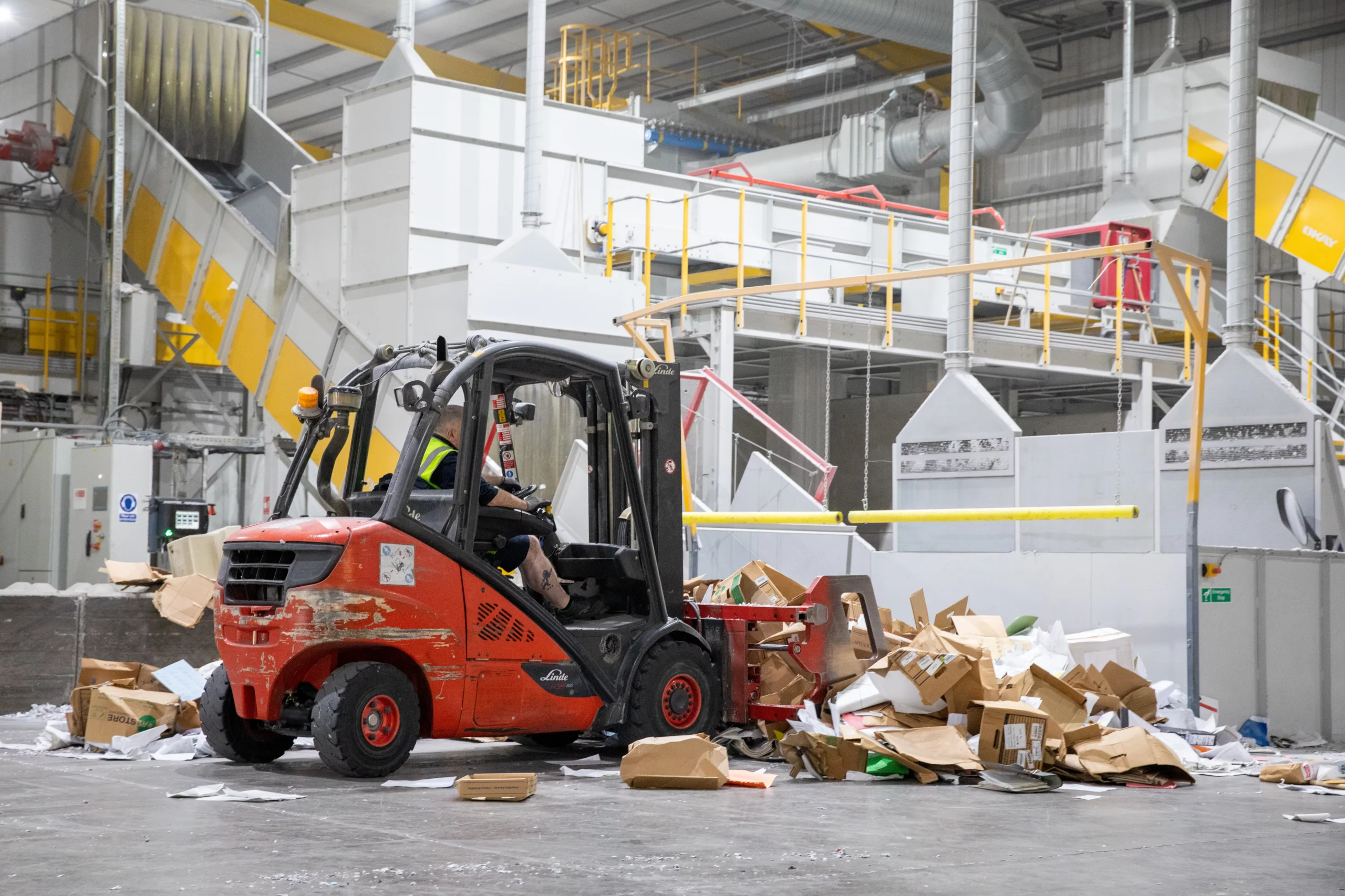
Next steps
If you’d like help designing or updating your medical record shredding policy, or setting up scheduled collections across multiple sites, our healthcare specialists can help.
Explore our dedicated NHS and healthcare shredding services to see how we support trusts, GP practices, and private providers with secure consoles, compliant collections, and full Certificates of Destruction.
Restore Datashred works with healthcare organisations nationwide to deliver safe, compliant and efficient record destruction that stands up to audit.
If you’re disposing of confidential information learn more about our secure services:
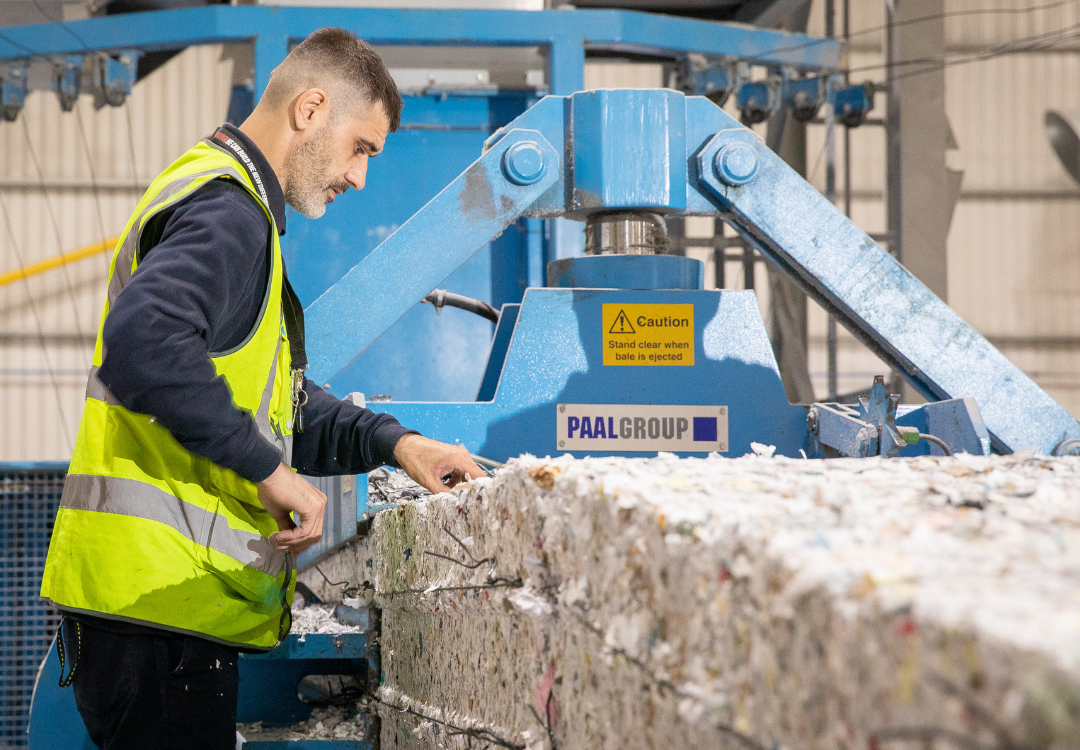
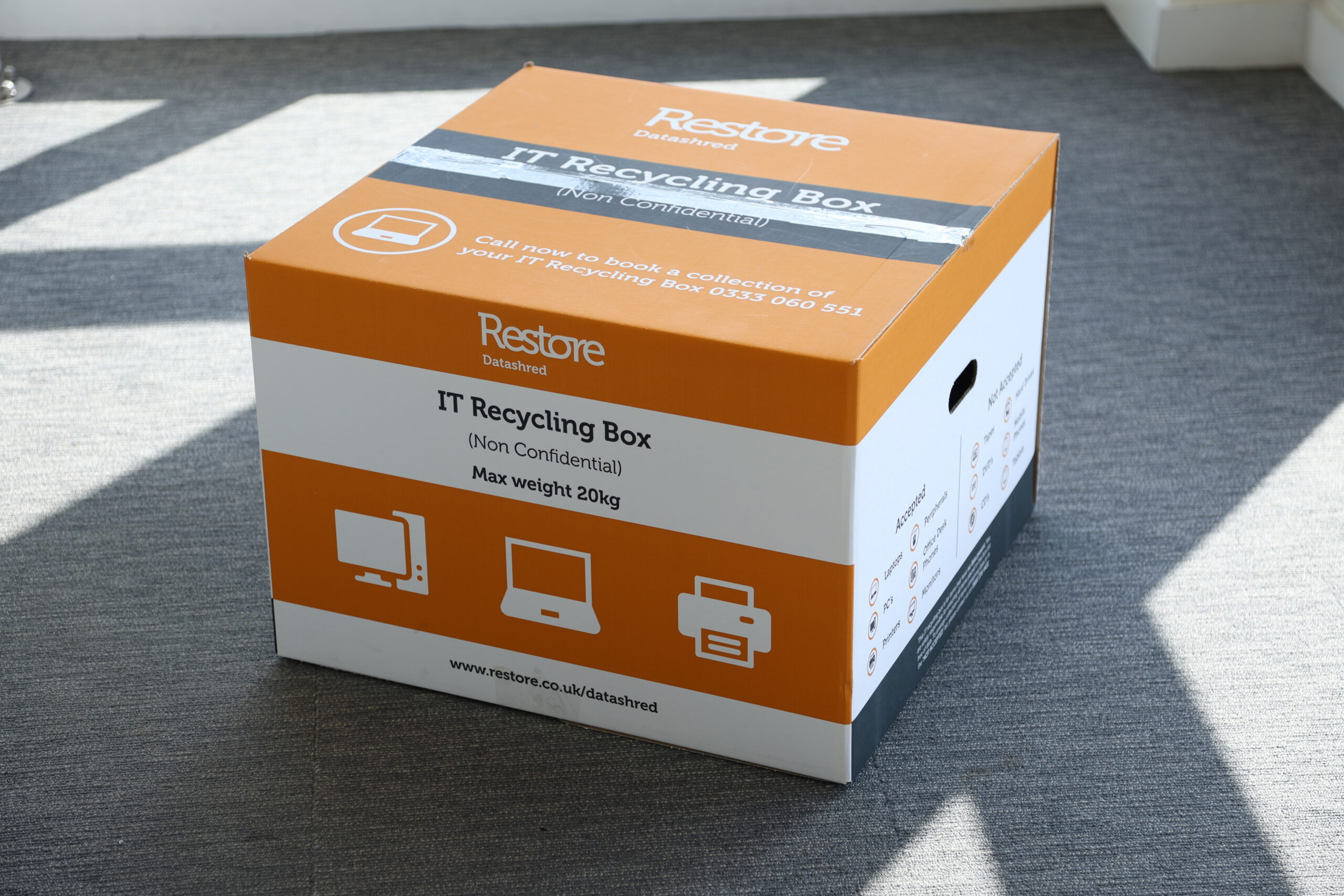
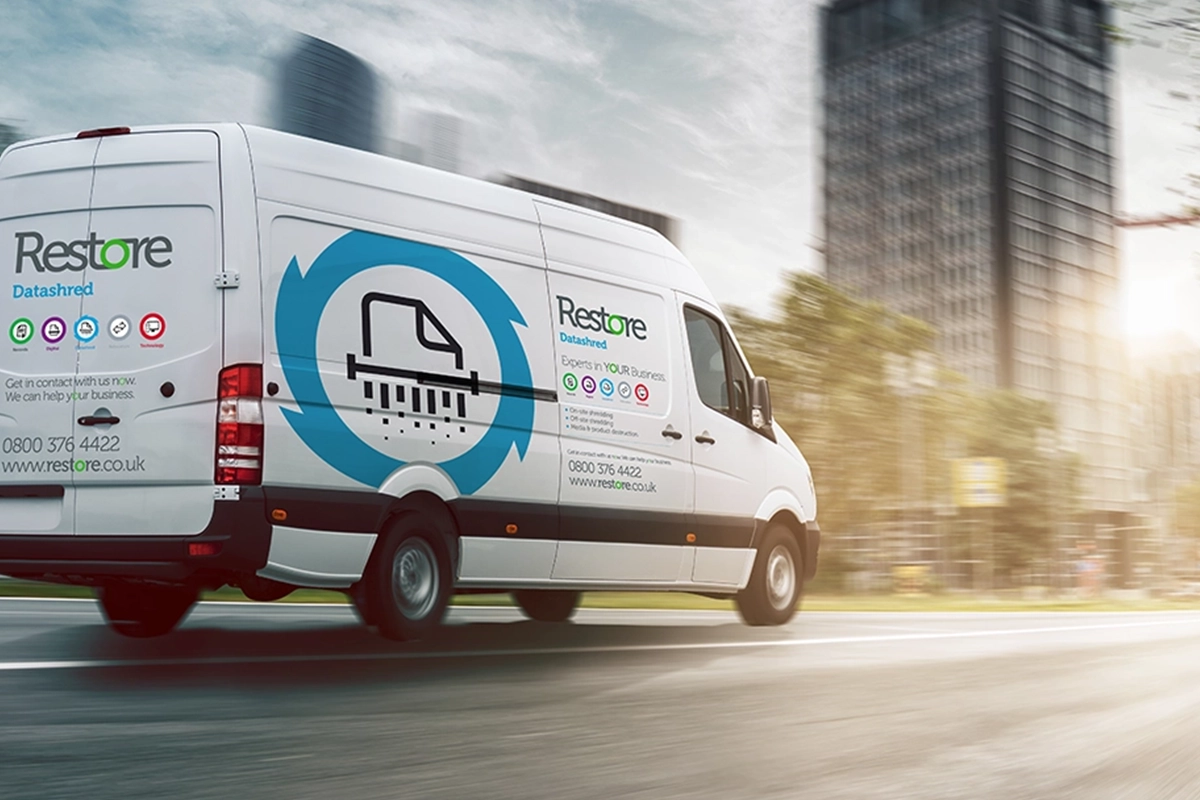
 Customer Login
Customer Login


